I was quite disappointed with the town of Valdivia. A descriptive website had described it this way: “Valdivia is a historic tourist destination in Chile, valued for the beauty of the city and surrounding areas, the area’s culture and its history.” It was not that at all.
But I was not disappointed with having visited it and seen it. There’s something about being there in the place, feelings its soul as you pass through, that you cannot get from reading about it.
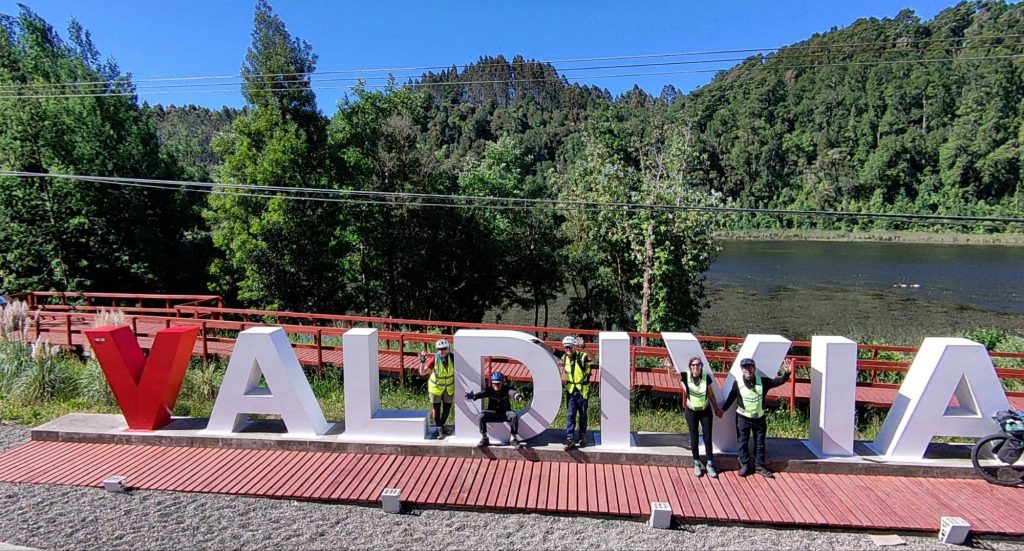
It’s not that the city isn’t trying to be a vibrant place. The Universidad Austral de Chile, one of Chile’s main research university, had settled there, bringing some dignity to the place. There are cultural events, mainly in January and February, when tourists flock there. I could see crew rowers, presumably associated with the university, as I crossed the bridge leading into the main city, showing a more upscale city. But you can tell that the pain of the city still is showing from its wounds.
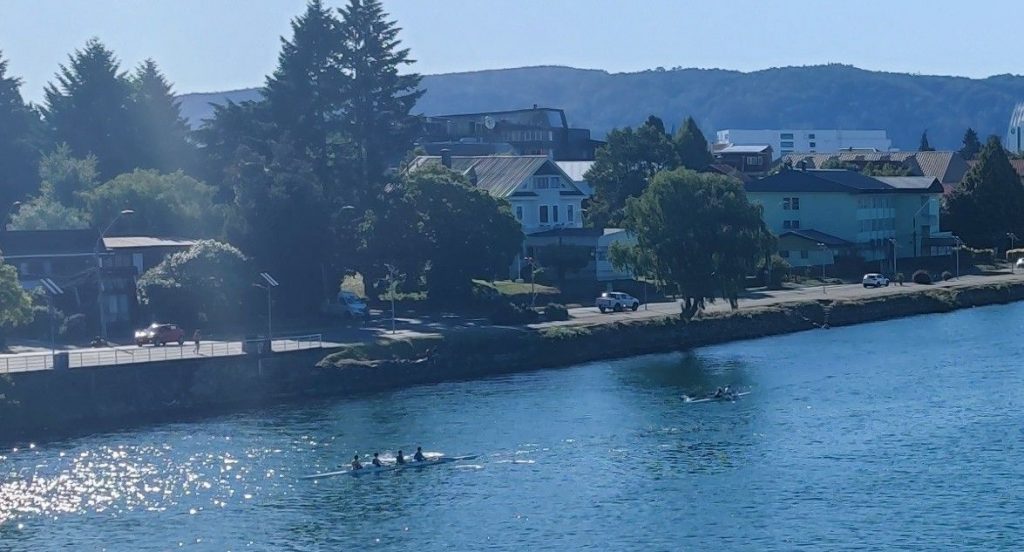
Valdivia was once a Mapuche village, existing in the confluence of three rivers near the coast of the Pacific Ocean. The Spaniards, seeking a southern port for their conquest ambitions, raided the village and took hold of the area. They built a small town on top of the Mapuche devastation and named it after Pedro Valdivia, the primary architect of Spain’s conquest of the Chilean land. But some time afterwards, the Mapuche raided the town and burned it into nothing but ashes. The Spanish, having little hope of maintaining their ground, abandoned the town. It has been a town of violence and major decimations of culture on both sides. Then the Dutch seized control of the area, but once again, the Mapuche pushed the invaders back. Then the Peruvian Viceroyalty (Peru had become independent from Spain) decided to have full control of the southern lands (i.e. Chile) and built up Valdivia again, fortifying it heavily. With that the ” Chilean Kingdom” had full control of the southern lands and allowed settlers from Europe to come “tend the land,” a method the European conquerors used to take full control of the area. German settlers came by the thousands. Thus Valdivia became a place without a strong identity– neither Mapuche, Spanish, Dutch nor German. A city that had never had a soul– at odds with itself.
Valdivia, when we arrived a few days ago, was a hustle and bustle city. People seemed driven to do things to survive. Graffiti was everywhere. People live behinds walls, each having their own “fortress.” When we pulled into a dead end that was supposed to be our campground for the night, I thought to myself: “What are we getting ourselves into?” It was a graffitied dead end.
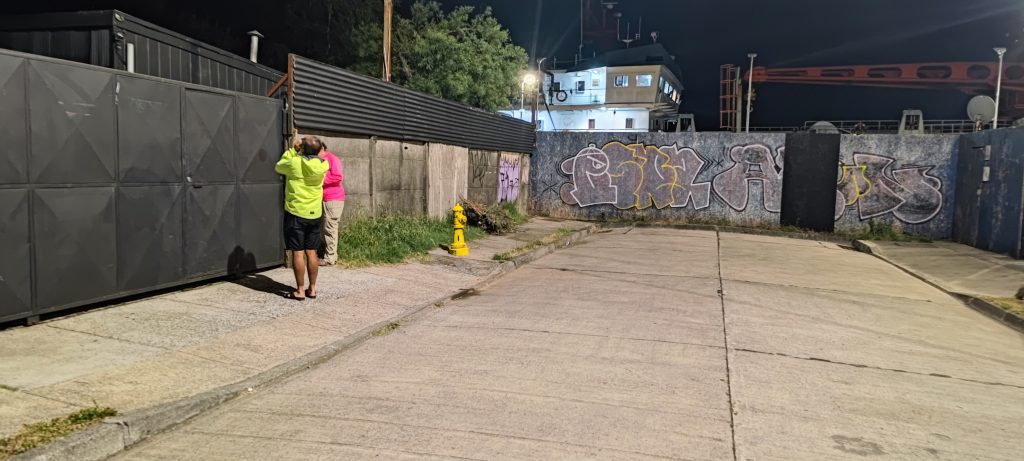
But these dirty fortified walls hide the calm spaces behind. Once we passed through the huge steel gates, there was calm inside, where we could settle for the night.
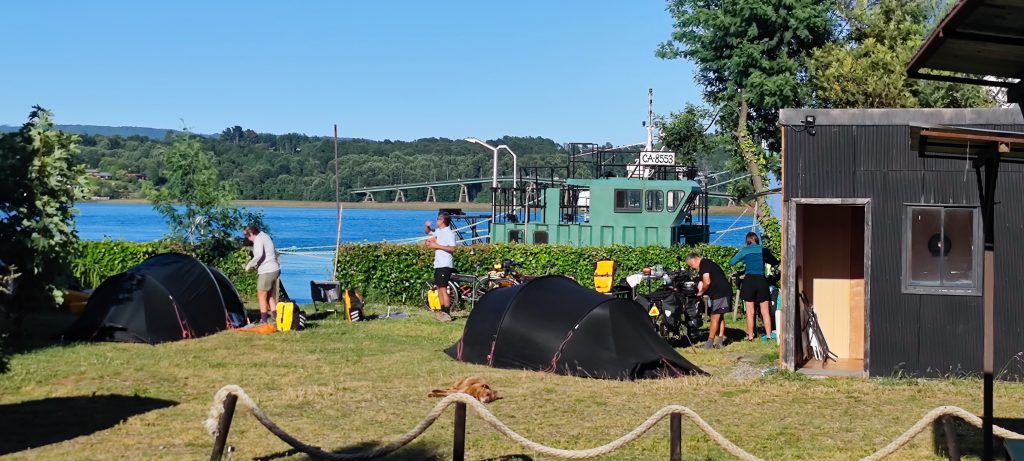
It seems every home has their own calm space– once you pass through the heavy fortification.
It is odd that Valdivia displays a remnant of one of their fortress towers as an image of what it once was. The sad thing is that it still is.
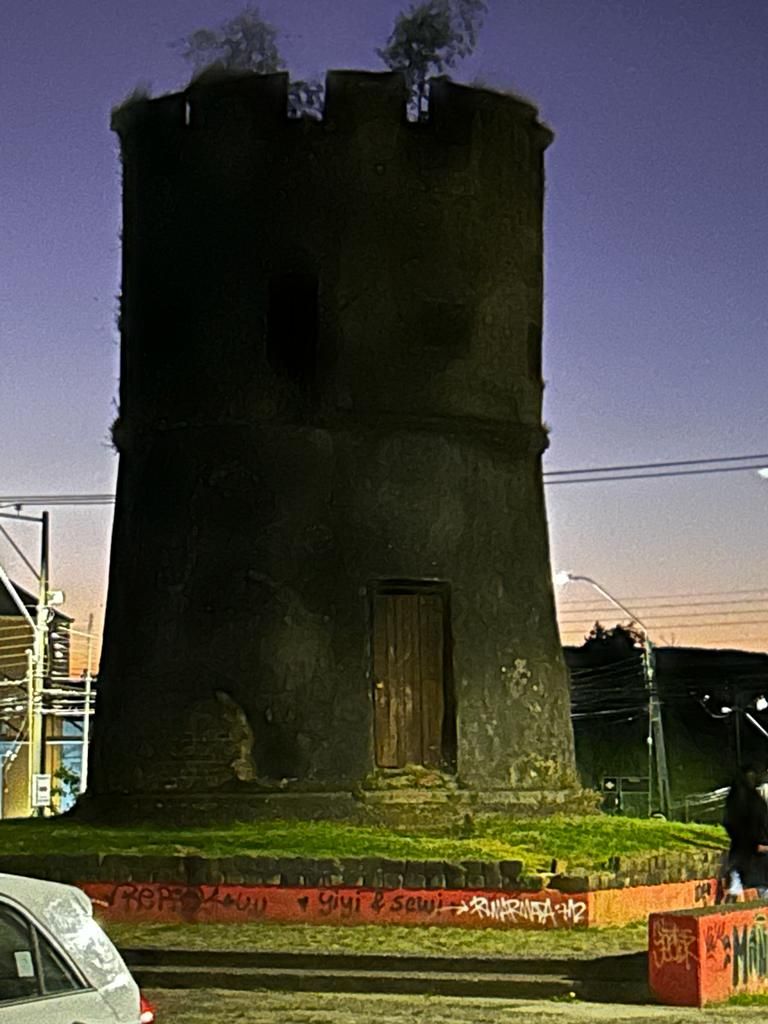
It was with a heavy heart that I left the city the next day.

I did love our campsite 🏕️ and you are a wealth of information! Thanks 🙏